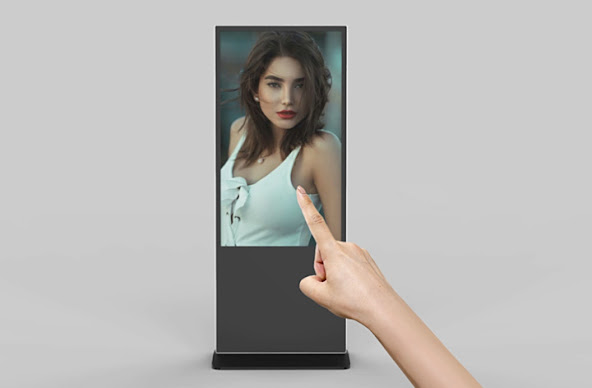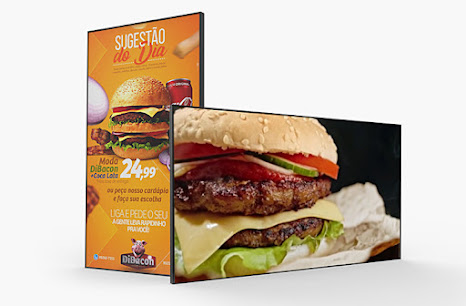Types of Interactive Whiteboards Available to Select From
Interactive Whiteboards (IWBs) are the new upgraded replacement of traditional chalk and marker blackboards and whiteboards. IWBs have interactive digital displays, which can digitalize the entire lesson process. From creating lesson plans to presenting them and having the students play quizzes, games, and revision, everything can be done easily with these IWBs.
There are a few types of IWBs,
which come equipped with a number of features. You need to be aware of the
features and decide which type is the most suitable for your students. A few
examples of the features of these interactive digital displays are USB-C
Connectivity, Touch Technology, Display Audio, Eye-care Technology, Digital
Learning Software, and so on.
So, let’s see the three main
types of IWBs there are to select from.
Resistive Technology
These whiteboards have
touch-based interactions. A finger or pen can be used to interact with the
surface, which is a soft layer that deforms on touch and contacts a conducting
plate. This way the location of the touch is received by a computer. This is
one of the least expensive IWBs available in the market.
Electromagnetic
These whiteboards do not support
touch-based interaction. Inside these whiteboards is a wire mesh, which creates
an electromagnetic field with the help of electricity. Therefore, a specific
pen is used to navigate through the board. It is specific because it has a coil
embedded in the tip. When this pen is touched on the whiteboard’s surface, the
signals that the mesh creates are altered so that the location of the pen is
detected. The first electromagnetic whiteboard was introduced in 1994 by the
company called Numonics.
Laser Scanner
These IWBs have infrared laser
scanners at each corner of the board, making them the costliest type of IWBs. These
scanners detect the movement on the board’s surface. Needless to say, they also
require special pens to navigate. These pens have reflective collars encoded in
them, which allows them to recognize different colors. These whiteboards are
made up of a hard surface, so they support erasable markers.
Rear vs. Short-Throw Projection
Interactive whiteboards also
differ in terms of projection capabilities. Rear projection uses an extremely
small, short-throw lens mounted behind the screen, which projects images into a
special arrangement or mirror. The projections then appear on a transmission
screen. Short-Throw projection boards are equipped with a special projector
that leans over the board and projects on the board’s surface externally.
Short-Throw must be mounted on a
wall, usually to the frame of the board, whereas rear projection works within
special cabinets or TV stands.




Comments
Post a Comment